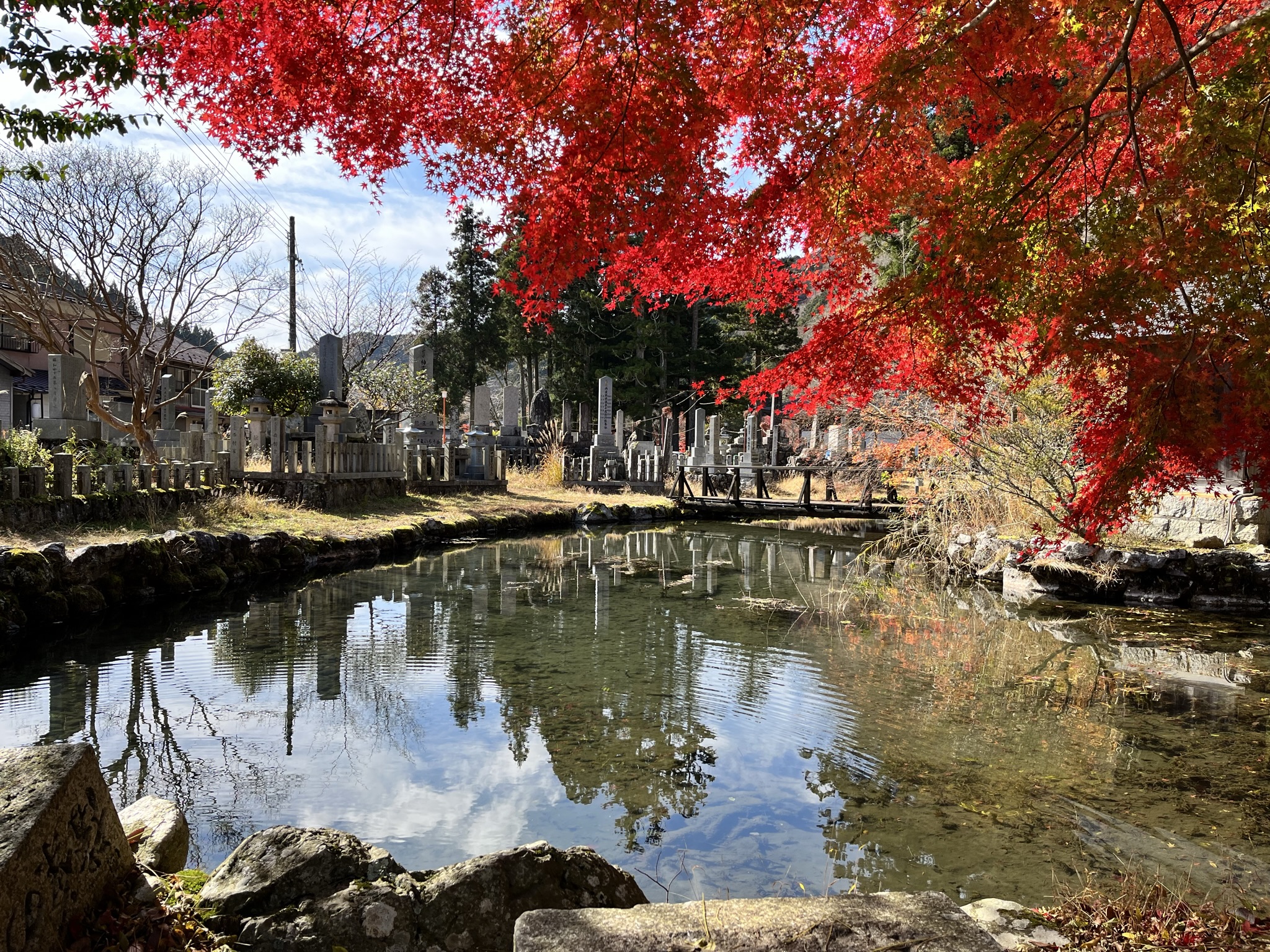
Battodo the way of the Japanese sword
Start your journey on the way of the sword

Start your journey on the way of the sword
Battodo (translates literally as “way of drawing the sword”) is a close cousin of iaido, both of which are descended from battojutsu and iaijutsu, respectively. These arts all involve learning to draw a katana from its scabbard, strike the target, and return the weapon to its original place in the fastest and smoothest way possible. But the element ‘DO’ (way) refers more to the understanding that the benefits of battodo training should go far beyond the physical. Working with a blade should sharpen the practitioner’s mental focus and strengthen their spirit. In our practice of battodo we explore and build on this connectedness between body, mind and sword. At Nintai Kai battodo we practice Nakamura Ryu and Kurikara Rei Ho Ryu. More information on these styles are at What we do.
The main elements of our practice consist kihon, solo forms or katas and pairs kata (kumitachi) as well as tanren and test cutting (tameshigiri).
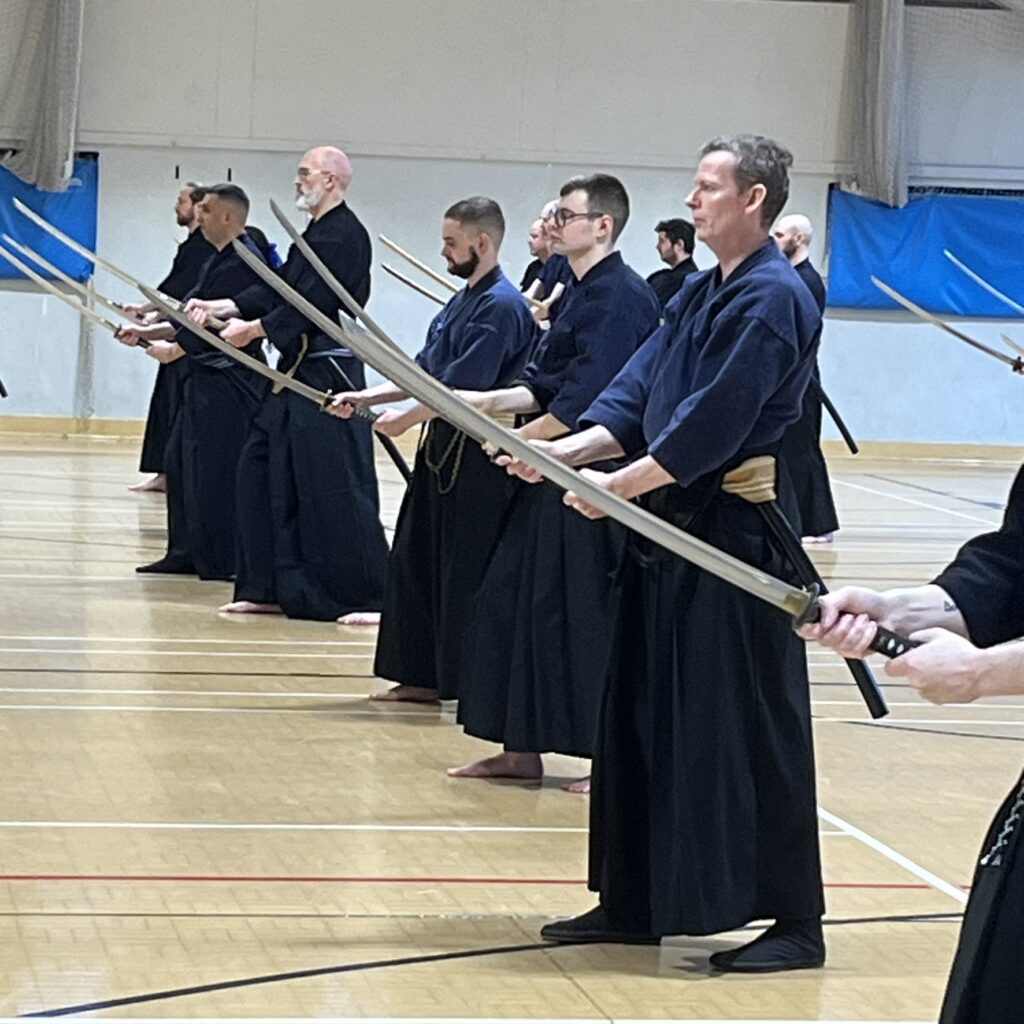
Kihon” is a Japanese term meaning “basics,” and in swordsmanship, a strong foundation in the fundamentals is essential for success in more advanced techniques. Mastery of kihon ensures that every movement—whether a cut, a stance, or a step—is executed with precision, efficiency, and control.
Kihon encompasses stances, footwork, cuts, and fundamental mechanics, but it also extends beyond simple movements. Early tanren sequences are integrated into kihon to develop proper breathing, posture, and core strength, reinforcing the body’s connection to the sword.
A key aspect of kihon training is uchikomi—the practice of striking solid targets. Uchikomi is crucial for testing one’s grip (tenouchi) and developing the ability to absorb impact without compromising form or control. This ensures that techniques remain effective and efficient under pressure.
As a major component of our training, kihon is not just a beginner’s exercise—it is a lifelong practice. Every advanced technique is built upon these fundamentals, and true mastery begins with perfecting the basics.
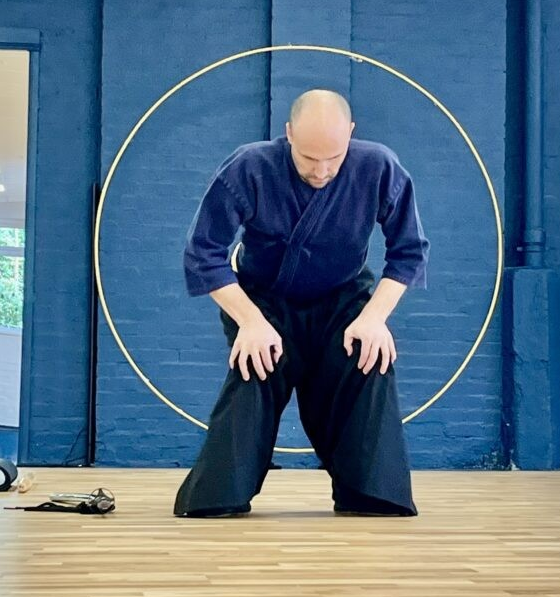
The word ‘tanren’ means ‘forging.’ Just as a Japanese sword is shaped through heat and pressure to remove impurities, tanren training refines both body and mind, cultivating strength and flexibility.
As part of the Kurikara Ryū Heihō curriculum—a school of Japanese swordsmanship rooted in shugendō (mountain asceticism)—tanren serves as both a foundational practice for sword training and a standalone system of conditioning.
When practiced with the right mindset and dedication, its slow, deliberate movements help overcome physical and mental obstacles, much like the forging of a blade. Unlike conventional strength training, tanren emphasizes internal power rather than muscle.
To an outside observer, it may resemble yoga, qigong, or other ancient disciplines that traveled from India through China to Japan. But at its core, tanren is a practice of transformation—shaping the practitioner just as fire and hammer shape steel.
Kurikara Tanren was developed by John Evans sensei (7th dan) of Fudokan London.
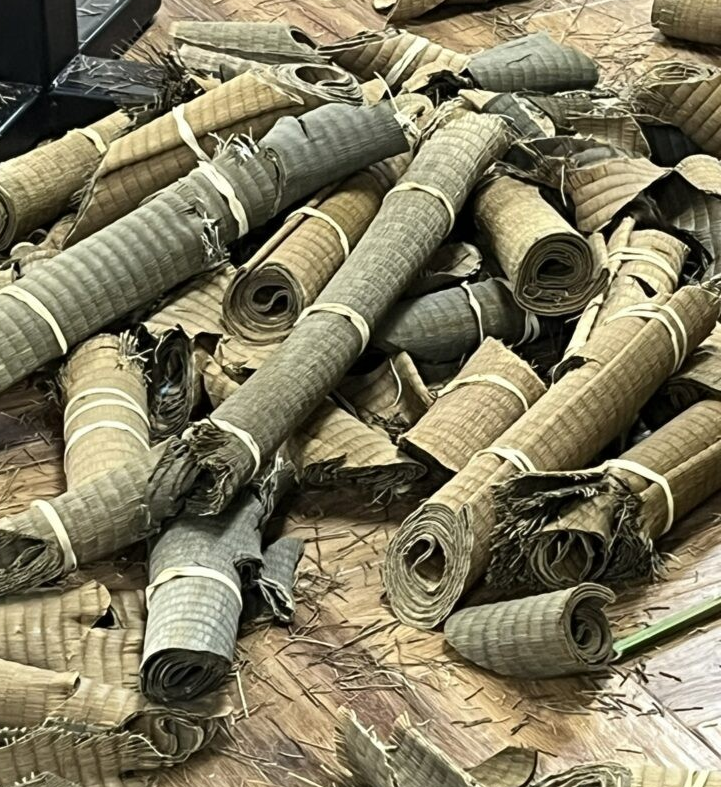
Tameshigiri, meaning ‘test cutting,’ is the practical application of Japanese sword techniques against a real target. In our regular tameshigiri sessions, practitioners cut soaked tatami mats, which closely mimic the density and resistance of flesh and bone.
This practice serves as a crucial test of skill, revealing whether the angles, grip, power, and body mechanics developed through kata, tanren, and kihon translate into effective cuts. While kata refines precision and form, and kihon builds fundamental movements, tameshigiri confirms whether these techniques hold up under real conditions.
Far from being a simple test of strength, successful tameshigiri requires precision, correct edge alignment (hasuji), proper grip (tenouchi), and full-body coordination. Even a slight deviation in angle or improper cutting mechanics can result in a failed cut, making this an invaluable tool for refining one’s technique.
Through tameshigiri, practitioners gain direct feedback on their progress, learning to balance power with control and ensuring their swordsmanship is not just theoretical but truly functional
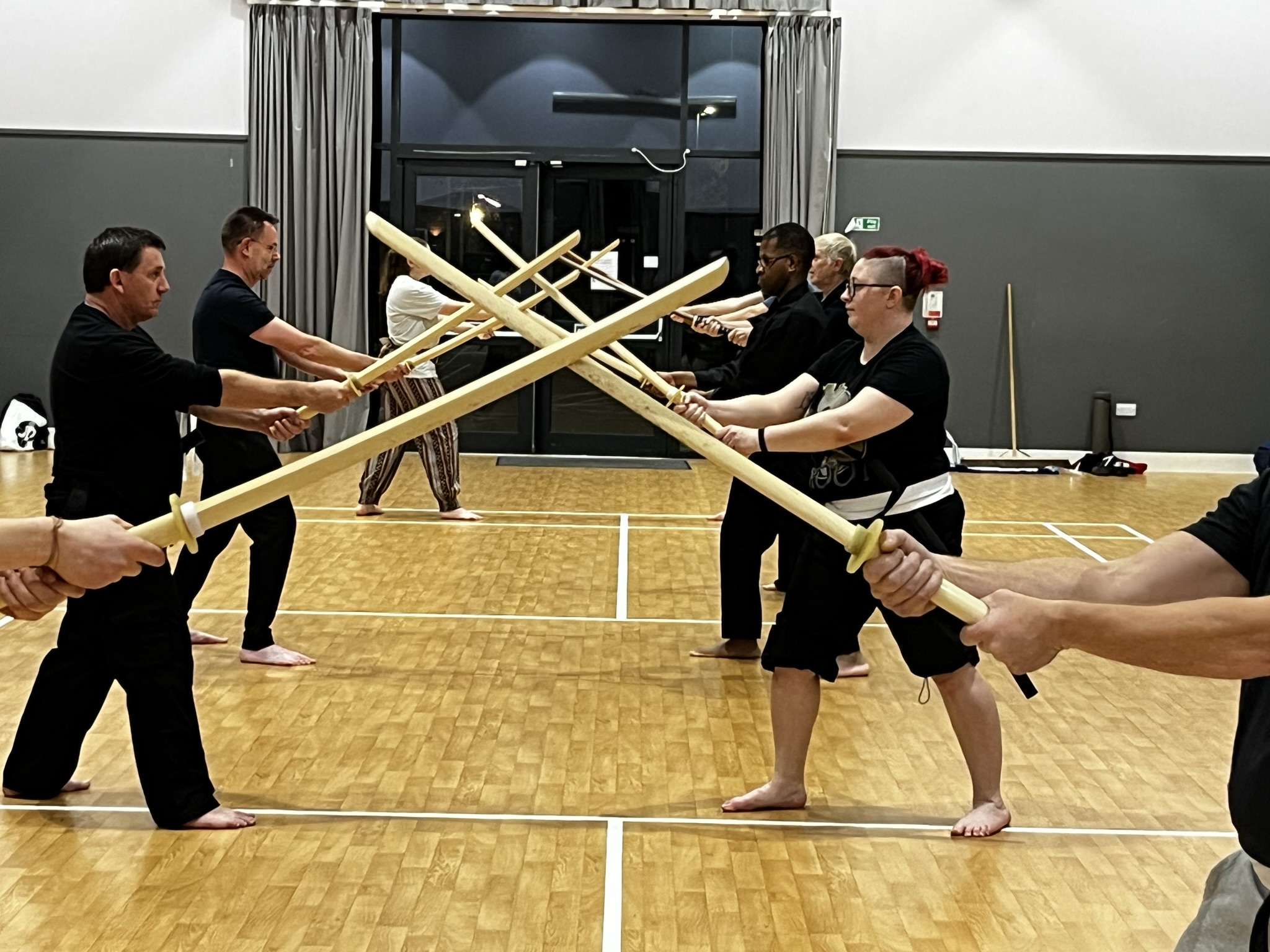
At Nintai Kai Battodo we run regular Introductory and Continuation courses in Japanese sword which will prepare you for regular weekly training.
We run several nights per week depending upon your level of grade and experience. We also run several intensive training courses per year. run monthly tameshigiri sessions and grading sessions twice per year.
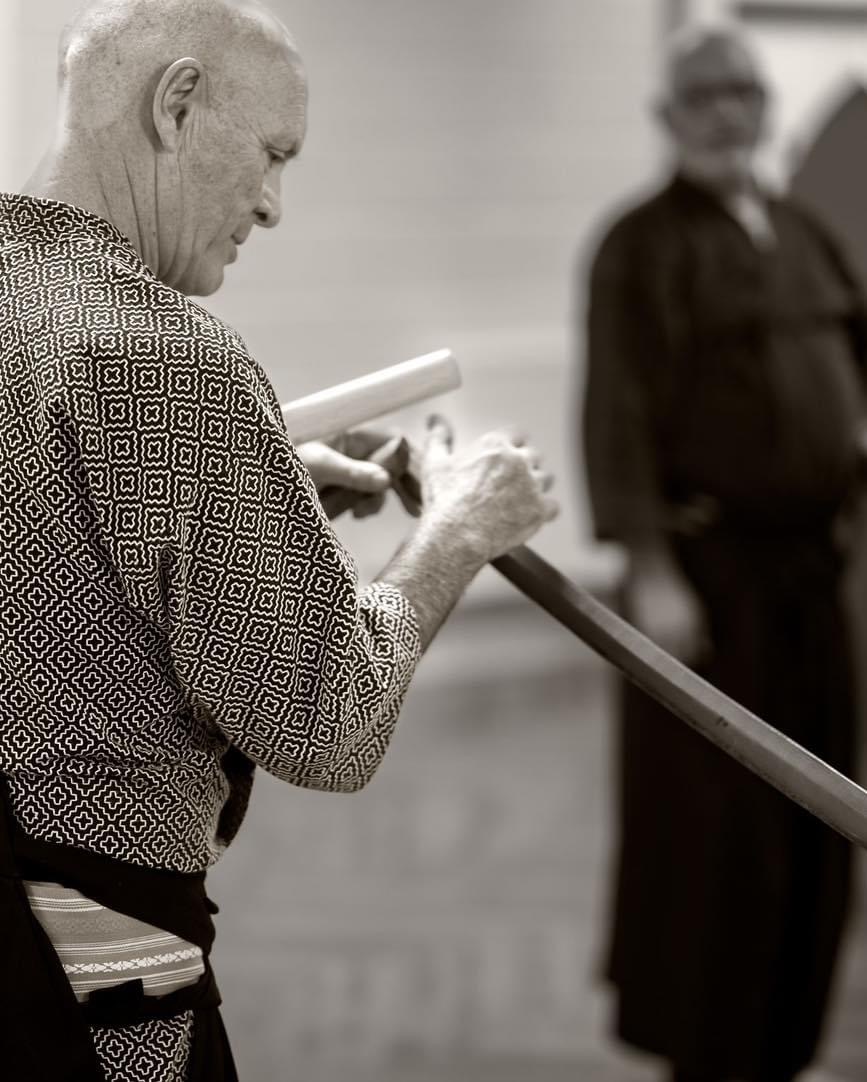
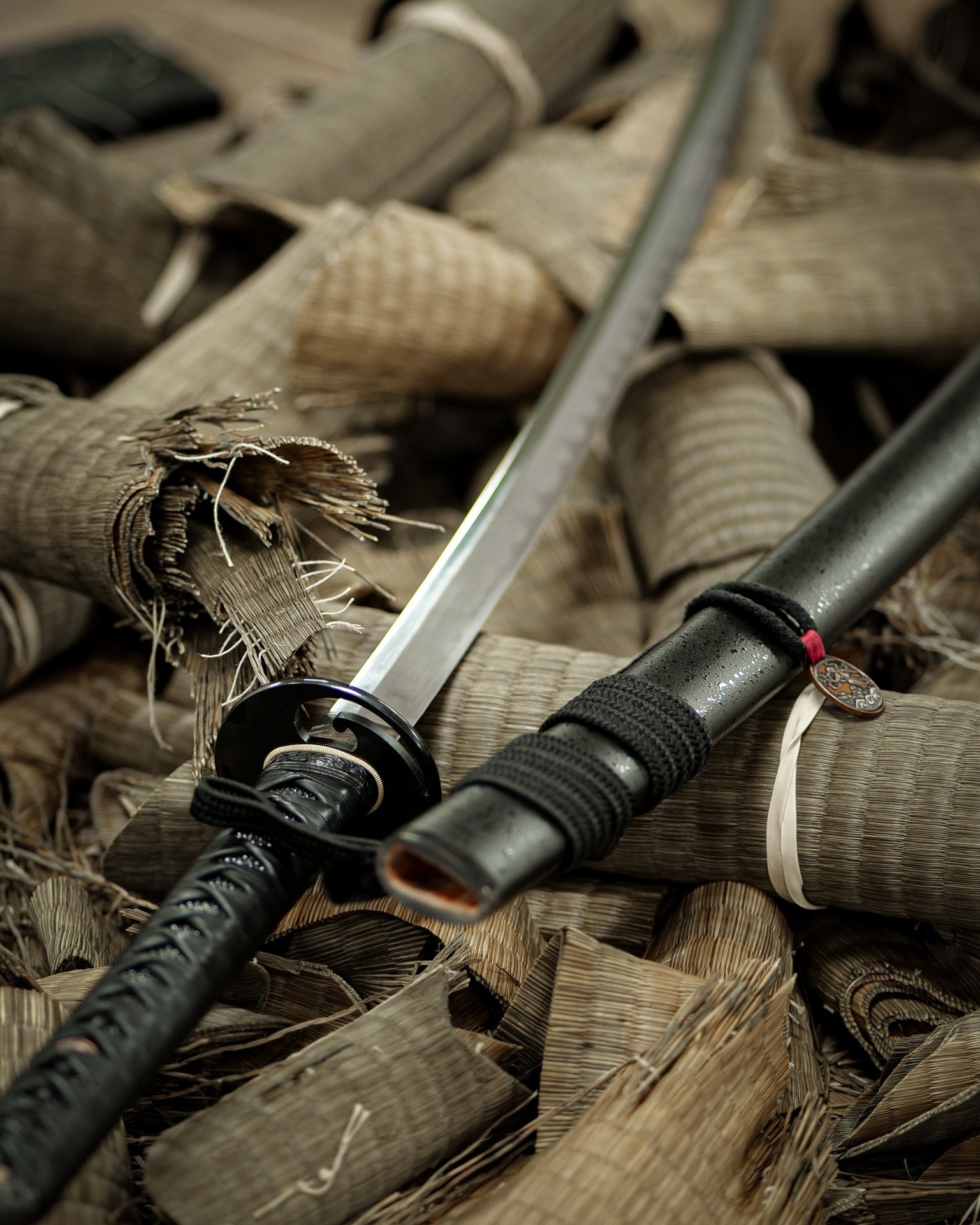
“Miyamoto Musashi said, ‘The journey of a thousand days begins with a single step.’ Take that first step today—explore our gallery and discover where your path leads.”
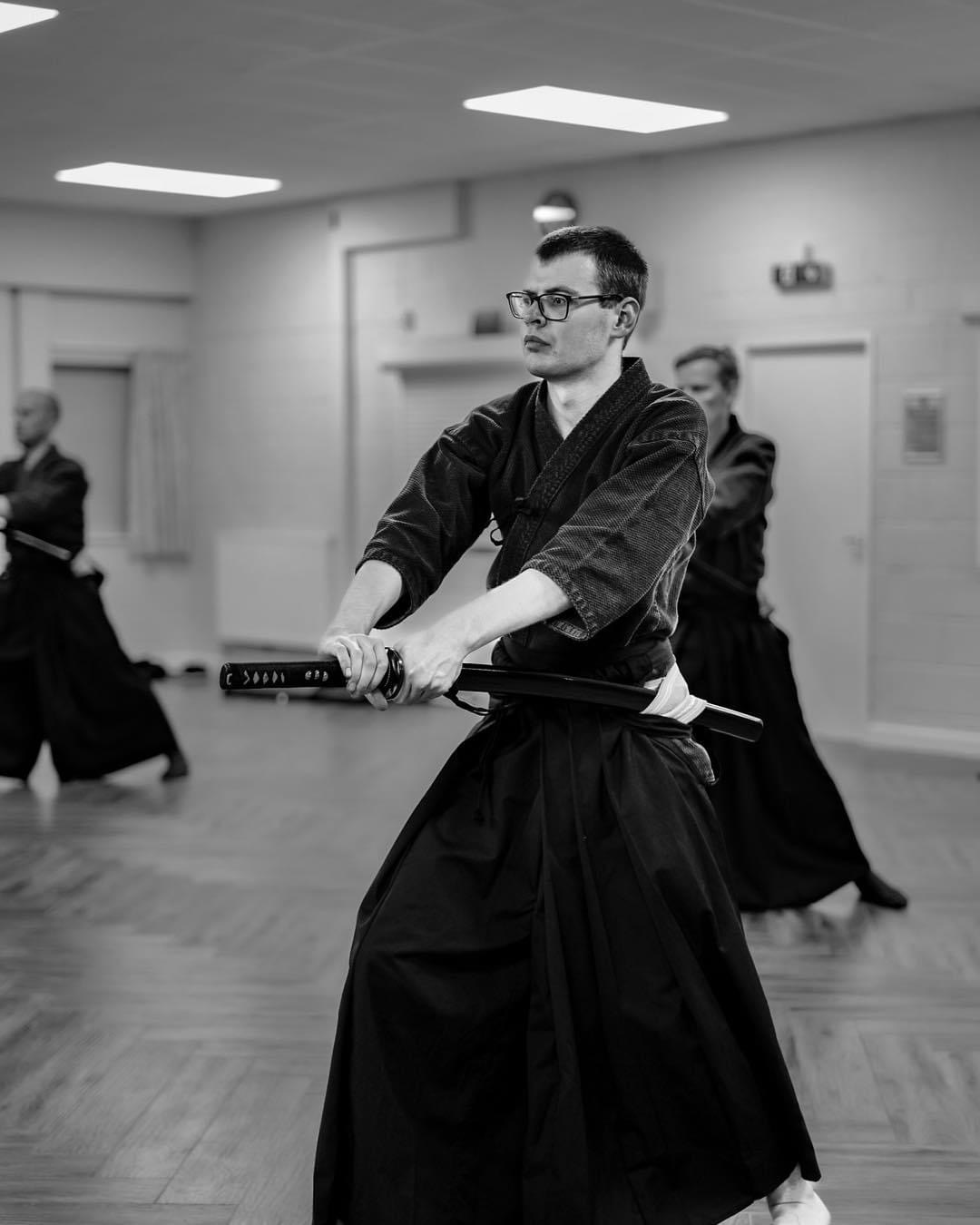

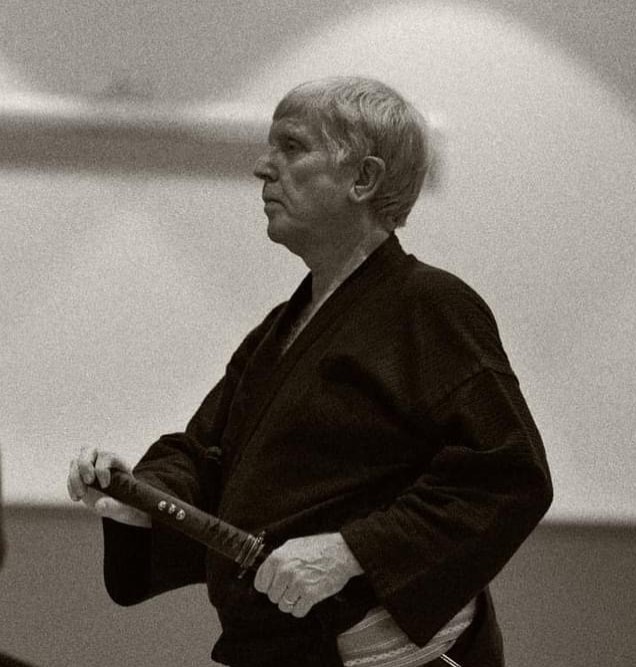
“I have been a member of this dojo almost since its inception and I have found it to be the most professionally run martial arts class that I have ever participated in. The sensei is extremely knowledgeable and very patient with his students. The style is very interesting and wide ranging with varied elements including sword katas, test cutting of tatami mats (very satisfying) and Tanren, a body conditioning system not unlike Yoga. The atmosphere is very friendly and welcoming to new people and I would highly recommend it to anyone who is interested in the Japanese katana.”
JFC, March 2024

“I had a great time trying out the ‘Introduction to Japanese Sword’ course – I was anxious as I have health conditions that affect my energy levels and joints, but Steve was accommodating and I was able to modify some exercises and sit when I was tired. I was very pleased I managed to complete the class and my confidence has increased – I’m hoping to try the continuation course some time! I recommend for anyone interested in Japanese martial arts :)”
A De GL, July 2024

“Thanks to a very professional, approachable, and extremely helpful sensei Steve, this must be one of the best clubs I have ever been to. Not only Steve is very helpful with advice on the practice itself but also when it comes to sourcing training equipment and accessories.
During the beginner’s course we touched upon most, if not all, aspects of the practice (warm up, stretching, sword techniques, breathing, conditioning), which gave me a very comprehensive feel for the system.
I have since started attending regular training and have enjoyed every session”.
MARKO, October 2022
Contact for further details on Introductory courses, taster sessions, regular Battodo training and our specialist and intense training courses.